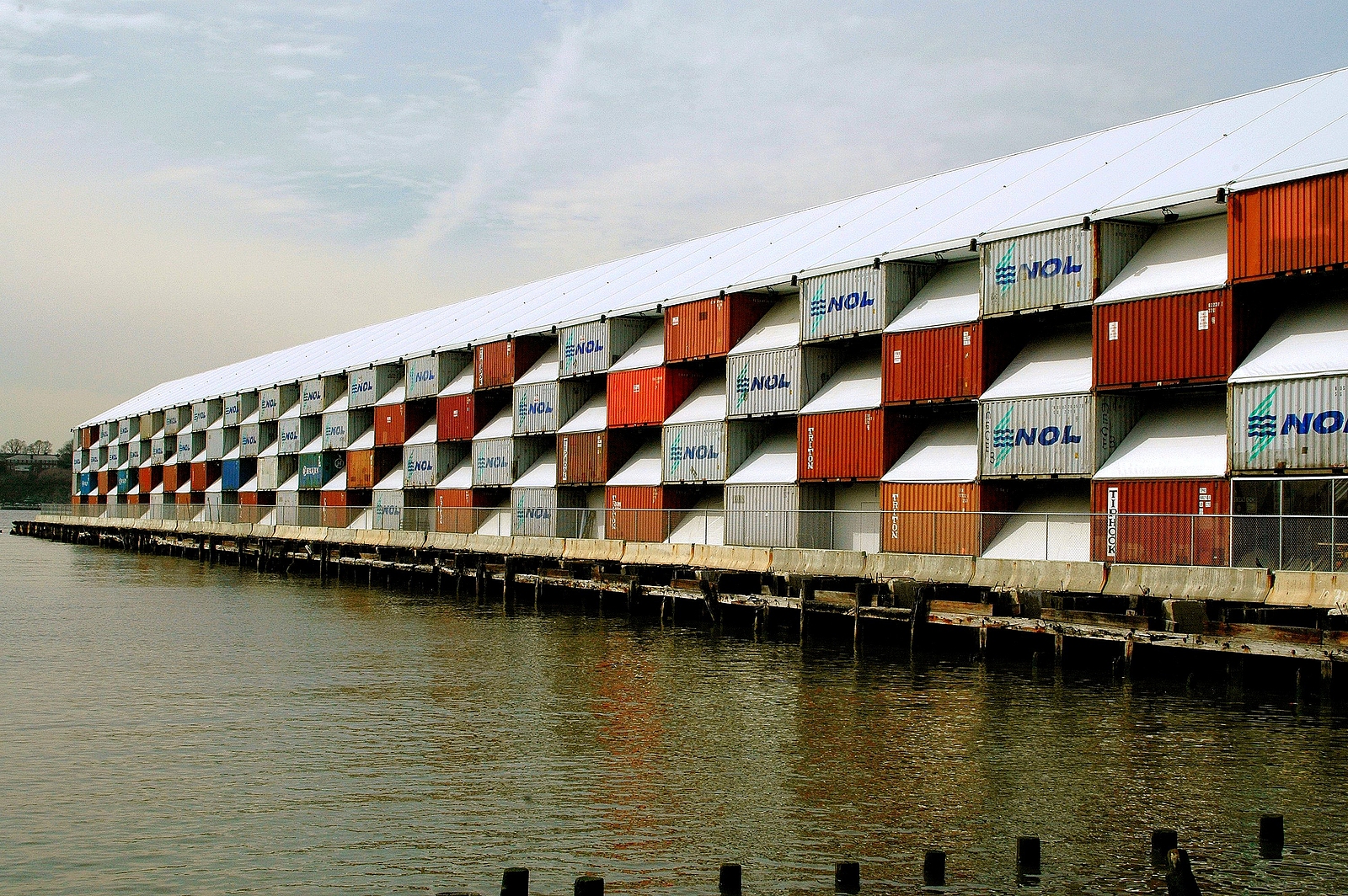There are many common ways in which shipping container conversions can take place, with these often being used as shops or food outlets, storage or changing facilities for sports clubs, holiday lets, or even houses.
However, some rare and novel uses can occasionally be spotted, such as a museum.
Anyone wanting to see this can do so by visiting Bristol, where Avonmouth may remain a busy port handling shipping containers in present-day use, but there are still lots of old containers finding a new purpose.
Bristol World has reported on how a used container has become the Museum of Totterdown, a district on the south side of the city. Last year marked 50 years since a large part of the area was levelled and 3,500 people had to move out of their homes to make way for a new road interchange system resembling Birmingham’s Spaghetti Junction.
In the event, the road development never went ahead and parts of the district were derelict for many years before they were finally redeveloped.
The museum, designed by former Totterdown resident John O’Connor, is a development arising out of an archive project he started in 2018. The container, situated on a patch of land designated as a community open space, now houses a wide range of items associated with the district, both from the past and the present.
Indeed, the new exhibition, titled ‘Foundland’ by local artist Maria Mochnacz, consisted of some everyday objects such as gloves, CD cases and lost earrings. It was on display earlier in November.
The appearance of such contemporary items in a museum might seem as unusual as the museum itself being located in a shipping container, but it reflects a view of history as a living entity that is being made daily, rather than just being about the past.
Outlining this perspective, Mr O’Connor said: “We recognise that history is a continuum, we’re all part of history and 100 years from now people will look back to now and see that as quite exotic and in the past.”
As for how the container might develop as a museum venue, he remarked: “We are on a learning curve and a journey to find out how we can best maximise this rusty old tin box.”
Of course, if it is looked after well, a used shipping container need not be too rusty at all; it can stay in great condition for a long time and offer a robust but also convenient facility for its users.
Many Bristol residents will be familiar with this because of the more famous means by which old containers have been used – as food and retail outlets. Cargo, which is based at Wapping Wharf, proudly boasts that it is the first development of its kind in the UK.
The success of Cargo has led to other cities emulating Bristol’s efforts, such as Hatch in Manchester, which is now being redeveloped but enjoyed years of success perched just below the elevated highway of Mancunian Way.
Something similar to Mancunian Way was proposed, but never built, in Totteridge. Whether Manchester will ever get a museum in a shipping container remains to be seen.

